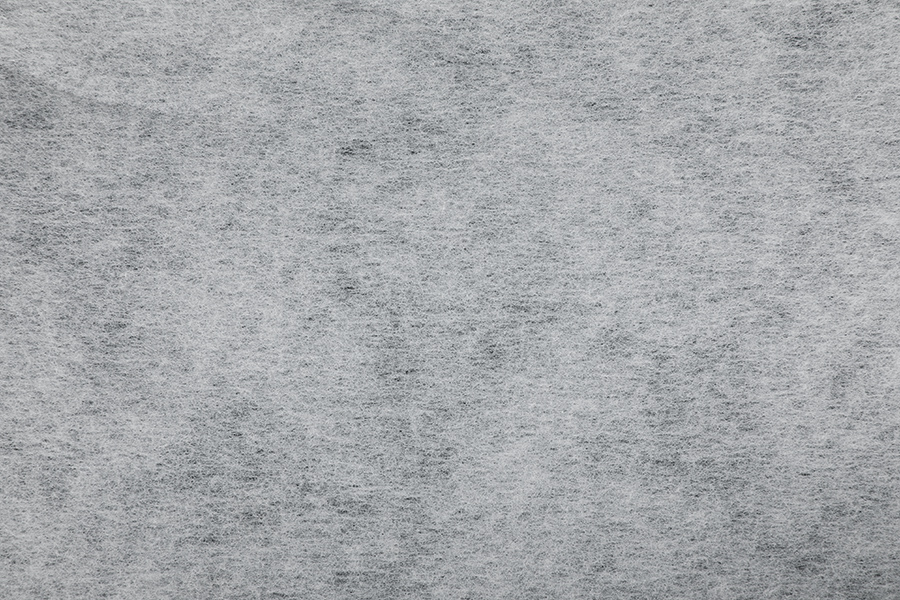Spunbond nonwoven fabric performs well under various conditions, making it a versatile material for numerous applications. Here's an overview of how it performs under different environmental and operational conditions:
1. Weather Conditions
UV Exposure
Performance:
Standard Spunbond nonwoven fabrics have limited UV resistance, but UV-stabilized variants can withstand prolonged exposure to sunlight without significant degradation.
Applications: Suitable for outdoor uses like agricultural covers, geotextiles, and construction materials when UV-stabilized.
Rain and Humidity
Performance:
Generally hydrophobic, Spunbond nonwoven fabric repels water, preventing moisture absorption and maintaining its structural integrity.
Applications: Used in roofing underlays, protective covers, and outdoor furniture covers where moisture resistance is crucial.

Temperature Fluctuations
Performance:
Can endure a wide range of temperatures without losing its mechanical properties. Polypropylene-based fabrics are effective in both hot and cold climates.
Applications: Suitable for use in environments with significant temperature variations, such as automotive interiors and outdoor applications.
2. Chemical Exposure
Chemical Resistance
Performance:
Excellent resistance to most chemicals, including acids, alkalis, and solvents. This makes it suitable for industrial and laboratory environments.
Applications: Ideal for protective clothing, chemical barriers, and filtration applications where chemical exposure is common.
3. Mechanical Stress
Tensile Strength
Performance:
High tensile strength ensures that the fabric can withstand stretching and pulling forces without tearing.
Applications: Used in bags, packaging materials, and protective covers that require high durability.
Abrasion Resistance
Performance:
Good resistance to abrasion, allowing it to maintain its integrity and appearance despite frequent friction or contact with rough surfaces.
Applications: Suitable for automotive interiors, protective gear, and industrial applications.
4. Hygienic Conditions
Cleanability
Performance:
The smooth, non-porous surface of Spunbond nonwoven fabric makes it easy to clean and sanitize.
Applications: Widely used in medical and hygiene products, such as surgical gowns, masks, and wipes.
5. Fire Resistance
Flame Retardant Properties
Performance:
Can be treated with flame retardant chemicals to enhance its fire resistance. This is critical in applications where fire safety is a priority.
Applications: Used in construction materials, automotive interiors, and protective clothing where fire retardance is required.
6. Environmental Impact
Biodegradability and Recyclability
Performance:
Most traditional Spunbond nonwoven fabrics (e.g., polypropylene) are not biodegradable but can be recycled. Biodegradable options, such as those made from polylactic acid (PLA), are available for environmentally friendly applications.
Applications: Suitable for disposable products, agricultural mulch films, and packaging where biodegradability or recyclability is desired.
7. Filtration Efficiency
Air and Liquid Filtration
Performance:
Offers good filtration efficiency due to its uniform fiber distribution and customizable porosity.
Applications: Used in air filters, water filters, and face masks to trap particles and contaminants effectively.
Spunbond nonwoven fabric demonstrates robust performance across a variety of conditions, making it a reliable and versatile material for numerous applications. Its ability to withstand weather variations, chemical exposure, mechanical stress, and maintain hygiene makes it suitable for industries ranging from medical and hygiene to automotive, agriculture, and construction. The availability of specialized variants, such as UV-stabilized, flame-retardant, and biodegradable options, further enhances its adaptability to specific needs and environments.